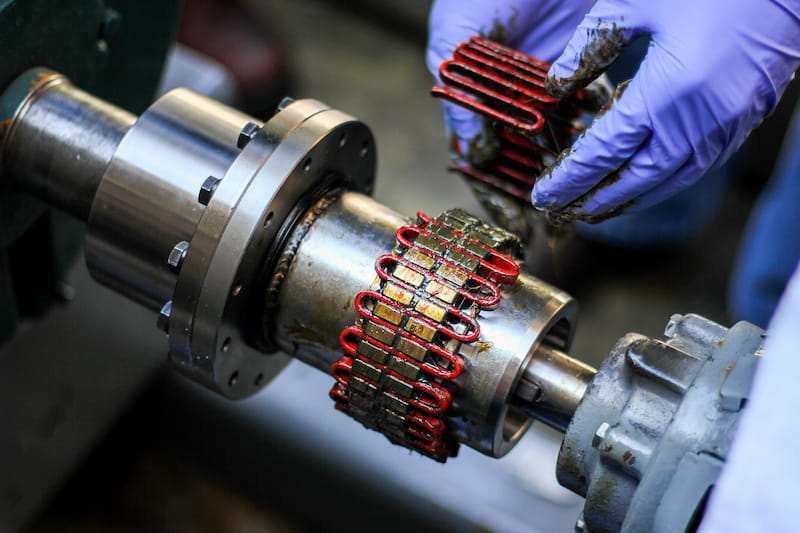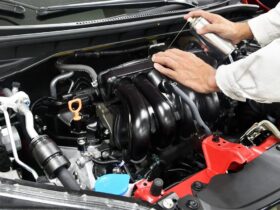Driveshafts, generators, and motors all need couplings as essential parts of their rotary motion systems. Couplings connect two shafts in these applications to stabilize them against shock load and overload. The connection procedure also contributes to a reduction in the vibrational transfer between devices. The connection between the shafts may be temporary or permanent.
How do couplings work?
Couplings are referred to as mechanical parts used to join two shafts. They perform secondary tasks like adjusting for misalignment or lowering vibration. Still, their primary purpose is to transfer energy from the drive side to the driven side of a rotary system.
When couplings tightly clamp two shafts together, energy can be transferred from one shaft to the other. The coupling also protects the nearby components while efficiently transferring torque by absorbing shock, vibration, and heat produced by the first shaft.
Flexible and rigid couplings are the two primary types from industrial equipment suppliers like Kor Pak. Flexible couplings can tolerate lateral and axial forces better than rigid couplings due to their larger range of motion at the connection point. These couplings work best in applications with some shaft misalignment because greater flexibility reduces torque transmission.
Conversely, rigid couplings establish an immovable connection between two shafts. They are, therefore, more effective in transferring torque than flexible couplings. Since the connection cannot bend to correct for errors, shafts must remain precisely aligned. Rigid couplings provide a safe, accurate, and reliable power transmission method if proper alignments are satisfied.
The importance of industrial couplings
Here is why industrial couplings matter:
It reduces vibrations
Mechanical coupling has been shown to have a lower likelihood of transmitting vibration in tests conducted by numerous reputable testing laboratories and businesses. This holds true no matter what size the pipe is. Additionally, coupling reduces vibration transfer, regardless of whether rigid or flexible coupling is used.
In addition to all of these benefits, the connection is excellent in speed, maintenance, and installation simplicity. Additionally, it offers security and dependability. Couplers are used in various commercial structures due to these benefits. Several industrial facilities have them installed as well.
This strategy is effective.
The coupling mechanism is excellent in reducing vibration amplitude. One particular style of grooved connection has outstanding vibration and noise-reducing capabilities. It also aids in adapting expansion, deflection, and contraction during the piping system’s life. It aids in fostering design flexibility as well.
It aids in preventing rubber bellows and increases the system’s dependability.
The coupling procedure is ideal for using rubber bellows. One can simply dispense without the need for rubber bellows by installing three flexible couplings on each side of a pump. This method is beneficial in that it offers flexibility and durability. As a result, it significantly reduces vibration and noise.
Summing up
Many applications with rotating motion and power transmission utilize couplings. Pumps, mixers, driving shafts, and turbines frequently contain them. Your required speed, torque, and the diameters, alignment, and layout of the shafts will determine the right coupling.












